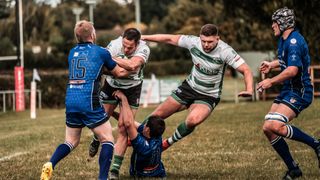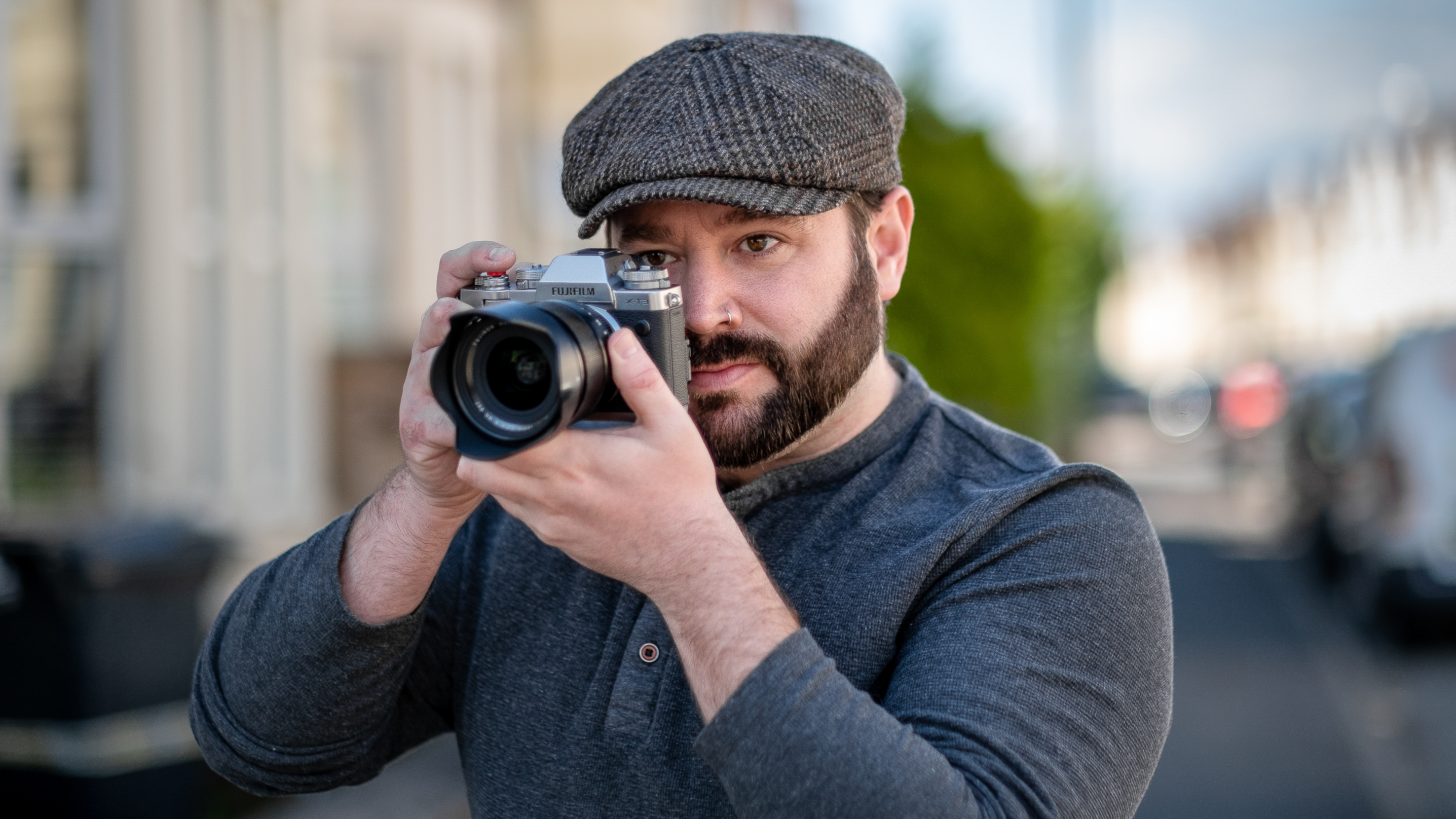Spring is the perfect time to try out some fast-paced photography with a sports team near where you live. If you have a zoom lens with a decent range then you have everything you need.
Local matches are usually free to attend and you can get reasonably close to the action without being faced by a fluorescent wall of stewards like you find at professional matches. Today, I’m taking my slightly older Fujifilm X-T2 (I don’t mind if it gets a bit beaten up or splattered with mud) paired with a Fujifilm XF 50-140mm F/2.8 R LM OIS WR telephoto lens (a 70-200mm in full-frame equivalent terms). I find
that it’s a perfect focal length for this environment, allowing plenty of versatility when the action is in the closer half of the playing field.
Best camera for sports photography: get in on the action!
Modern cameras have come a long way in recent years and by utilizing the faster shutter speeds, burst modes, and ultra-fast focusing, you’ll be sure to come away with a couple of points on the board. Like any genre of photography, the more you practise the better you will get. However, with sport, it’s important to not only know the technical side of your camera, but to learn how to read the game in front of you. This will allow you to predict where the ball is going and how the players will interact, giving you a winning edge.

Increase your ISO for faster shutter speeds
It’s always tempting (especially when outdoors) to keep your ISO close to 100 to reduce noise, but in order to drive your shutter speeds up and be able to capture crisp action, you need to increase it to around ISO 640-1250. Once you’re shooting at 1/2000 sec and upwards, the photos need to get a lot more light.

Use back-button focusing
Some photographers swear by back-button focusing, while others never use it, but it can come in handy for fast-moving subjects. When back button focus is activated, the focusing system is triggered by pressing a button on the rear of the camera (usually AF-ON). You then use the shutter release to take the shot as normal.

Experiment with your aperture
I tend to shoot wide open most of the time, as it means my shutter speed is increased and I get a short, sharp shot. Sometimes a shallow focus isn’t the best setting for a scene, so you may want a deeper focus to incorporate more of the background. Try using anything from f/1.8 (if your lens allows it) to f/9 for different aesthetics.

Tackling the basics
Stand in the best position – for me this is anywhere at each end rather than by the sideline. This way, the action will be coming towards you and you’ll be more likely to see the ball in shot. If there are barriers or fences surrounding the pitch, utilise them to your advantage and steady your shot. You might want to consider shooting via the LCD screen, as this will enable you to scan the play by looking over your camera at the game and help you predict where the ball might be going next. Shoot in small, sharp bursts to keep your image counts down to a manageable level once you get back to your computer.

Utilize burst mode
The more you shoot, the better you will become. Try sticking with one lens for a short period of time until its field of view becomes second nature. Program buttons to work with your style and tip the technical scales so they work to your advantage.

Check out Sport Photography: an interview with Chris Smith, be sure to look at the Canon's great white telephoto lenses are fab for fast sports and action, and also How to enable back button focus (Nikon cameras) – and why you should use it!


